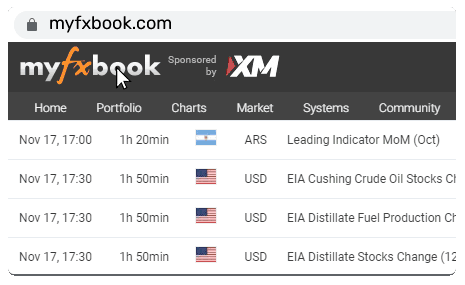Gold Prices Soar to Record Highs: What's Driving the Rally?
Gold Prices Soar to Record Highs: What's Driving the Rally?
Gold has again caught the eye of the world with prices rocketing to record levels, going over US$3,600 an ounce for the initial time. The rise is the result of a combination of economic changes, investor sentiment, and geopolitical tensions, and gold is now one of the hottest discussion assets in modern financial markets.
Why Are Prices Rising?
The main catalyst for this rally is increasing expectation of a reduction in the U.S. Federal Reserve rate. Lower rates lower the opportunity cost of gold ownership—an interest-earning asset that does not generate interest—increasing attractiveness to investors.
Adding to this momentum was a weakening U.S. dollar, which further stimulated demand since gold is less expensive for non-dollar investors. Inflation fears and concerns about slowing global economic growth have also added to the safe-haven stature of gold.
Central Banks and Investors Fuel Demand
Central banks globally have been gradually adding to their gold holdings as part of a larger effort to diversify out of the U.S. dollar and U.S. Treasuries. But with prices at record levels, some—like India's Reserve Bank—are growing cautious and slowing their rate of buying.
On the investment side, exchange-traded funds (ETFs), bars, and coins are still very much sought after. The trend indicates that, even at lofty prices, investors view gold as an insurance against uncertainty.
Impact on Emerging Markets
For gold-starved countries such as India and Pakistan, rising prices offer both opportunities and challenges.
Demand for jewelry has slowed down as customers feel the bite of increased prices.
Gold imports drain foreign reserves and can aggravate trade deficits.
High local prices at times cause unofficial trading channels to pick up steam.
This conflict between investment demand and consumer affordability demonstrates the way gold's international flows can reverberate into domestic economies.
Risks to Watch
Although the present rally is robust, risks still exist:
If inflation remains recalcitrant and the Fed postpones rate cuts, gold's momentum may abate.
Any indications of worldwide economic improvement may cause investors to look towards riskier instruments such as equities.
Overbought levels could cause short-term adjustments.
Looking Ahead
Experts are still split on whether gold is capable of maintaining its rally. Some projections indicate prices could hit US$3,800 an ounce in the short term, yet others warn that corrections are bound to come once monetary policy clarity surfaces.
What is still evident is that gold remains a barometer of worldwide uncertainty—capturing not only monetary movements but also investor sentiment and geopolitical tensions. To policymakers, investors, and consumers, its fluctuations have significance far beyond the jewelry store or trading floor.













